What Is A Temporary Mount Microscope Slide?
A temporary mount microscope slide is a type of microscope slide that is used for observing specimens that are not permanent or require immediate examination. It is a simple and quick method of preparing a specimen for observation under a microscope. The specimen is placed on a glass slide and covered with a coverslip, which is held in place by a drop of liquid, such as water or glycerol. The liquid helps to preserve the specimen and prevent it from drying out. Temporary mount microscope slides are commonly used in educational settings, such as biology labs, to teach students about microscopy and to observe specimens that are readily available, such as plant or animal tissues. They are also used in research settings for preliminary observations or for specimens that cannot be permanently mounted.
1、 Microscope slide preparation
A temporary mount microscope slide is a type of microscope slide preparation that is used to observe specimens that are not permanent or require immediate examination. This type of slide is commonly used in educational settings, research laboratories, and medical facilities.
Temporary mount microscope slides are typically made by placing a small amount of the specimen on a glass slide and covering it with a coverslip. The coverslip is held in place by a mounting medium, such as water, saline, or glycerol. The mounting medium helps to preserve the specimen and prevent it from drying out during observation.
One of the advantages of using a temporary mount microscope slide is that it allows for quick and easy examination of specimens. This is particularly useful in situations where time is of the essence, such as in medical diagnosis or research experiments. Additionally, temporary mount slides can be easily prepared and stored, making them a convenient option for educational purposes.
However, it is important to note that temporary mount microscope slides are not suitable for long-term storage or analysis. The mounting medium used in these slides can cause distortion or shrinkage of the specimen over time, which can affect the accuracy of observations. Therefore, if long-term analysis is required, it is recommended to use a permanent mount microscope slide.
In conclusion, temporary mount microscope slides are a useful tool for observing specimens that require immediate examination. While they have their limitations, they are a convenient and cost-effective option for educational, research, and medical purposes.

2、 Mounting media
A temporary mount microscope slide is a type of slide that is used for short-term observation of specimens under a microscope. It is typically made by placing a small amount of the specimen on a glass slide and covering it with a coverslip. The coverslip is held in place by a small amount of mounting media, which is a liquid or gel substance that helps to preserve the specimen and prevent it from drying out.
Temporary mount microscope slides are commonly used in educational settings, where students are learning about microscopy and need to observe specimens quickly and easily. They are also used in research settings, where scientists may need to observe a specimen for a short period of time before moving on to other experiments.
Mounting media is an important component of temporary mount microscope slides, as it helps to preserve the specimen and prevent it from drying out. There are many different types of mounting media available, including water-based media, glycerol-based media, and synthetic media. Each type of media has its own advantages and disadvantages, and the choice of media will depend on the type of specimen being observed and the specific requirements of the experiment.
In recent years, there has been a growing interest in using alternative mounting media for temporary mount microscope slides. For example, some researchers have experimented with using natural substances like honey or agar as mounting media, while others have developed synthetic media that are specifically designed to mimic the properties of natural tissues. These alternative media may offer advantages in terms of preserving the specimen and providing a more realistic environment for observation under the microscope.

3、 Cover slip placement
A temporary mount microscope slide is a type of slide that is used for short-term observation of specimens under a microscope. It is typically used when a permanent mount is not necessary or when the specimen is too delicate or small to be permanently mounted. Temporary mounts are commonly used in educational settings, research labs, and medical facilities.
The process of creating a temporary mount involves placing the specimen on a slide and adding a drop of liquid, such as water or saline solution, to help preserve the specimen and prevent it from drying out. A cover slip is then placed over the specimen and liquid, and the edges of the cover slip are sealed with a small amount of adhesive, such as nail polish or clear tape.
Cover slip placement is an important step in creating a temporary mount microscope slide. The cover slip helps to protect the specimen from damage and provides a clear surface for observation under the microscope. It is important to ensure that the cover slip is placed evenly over the specimen and that there are no air bubbles trapped underneath, as this can distort the image and make it difficult to observe the specimen accurately.
In recent years, there has been a growing interest in using digital microscopy techniques to observe specimens, which has led to the development of new technologies for creating temporary mounts. For example, some researchers are using microfluidic devices to create temporary mounts that allow for precise control of the environment surrounding the specimen, such as temperature and humidity. These advances are helping to improve the accuracy and reproducibility of microscopy experiments and are opening up new avenues for research in a variety of fields.

4、 Staining techniques
What is a temporary mount microscope slide?
A temporary mount microscope slide is a type of slide that is used to observe specimens that are not permanent or cannot be permanently mounted. These slides are typically made by placing a small amount of the specimen on a glass slide and covering it with a coverslip. The coverslip is held in place by a small amount of mounting medium, such as water or glycerol.
Temporary mount microscope slides are commonly used in educational settings, where students are learning about microscopy and observing various specimens. They are also used in research settings, where scientists may need to quickly observe a specimen without the need for permanent mounting.
Staining techniques:
Staining techniques are often used in conjunction with temporary mount microscope slides to enhance the visibility of the specimen. Stains can be used to highlight specific structures or features of the specimen, making it easier to observe and study.
There are many different types of stains that can be used, including basic stains, acidic stains, and differential stains. Basic stains, such as methylene blue and crystal violet, are attracted to acidic structures in the specimen, while acidic stains, such as eosin and acid fuchsin, are attracted to basic structures.
Differential stains, such as the Gram stain and the acid-fast stain, are used to differentiate between different types of bacteria based on their cell wall structure. These stains are commonly used in microbiology and can provide valuable information about the identity and characteristics of the bacteria being studied.
In conclusion, temporary mount microscope slides are a useful tool for observing specimens that cannot be permanently mounted. Staining techniques can be used to enhance the visibility of the specimen and provide valuable information about its structure and characteristics. As technology advances, new staining techniques and methods for preparing temporary mount microscope slides are constantly being developed, allowing for even more detailed and accurate observations of the microscopic world.
























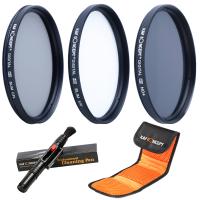





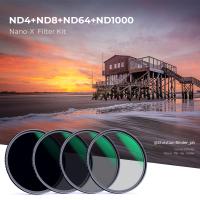

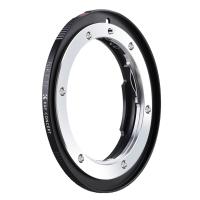

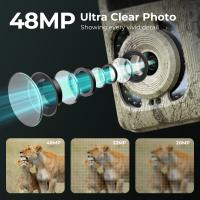

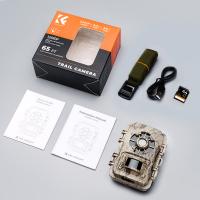

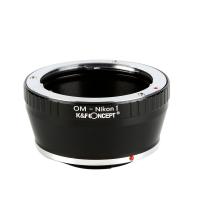

There are no comments for this blog.